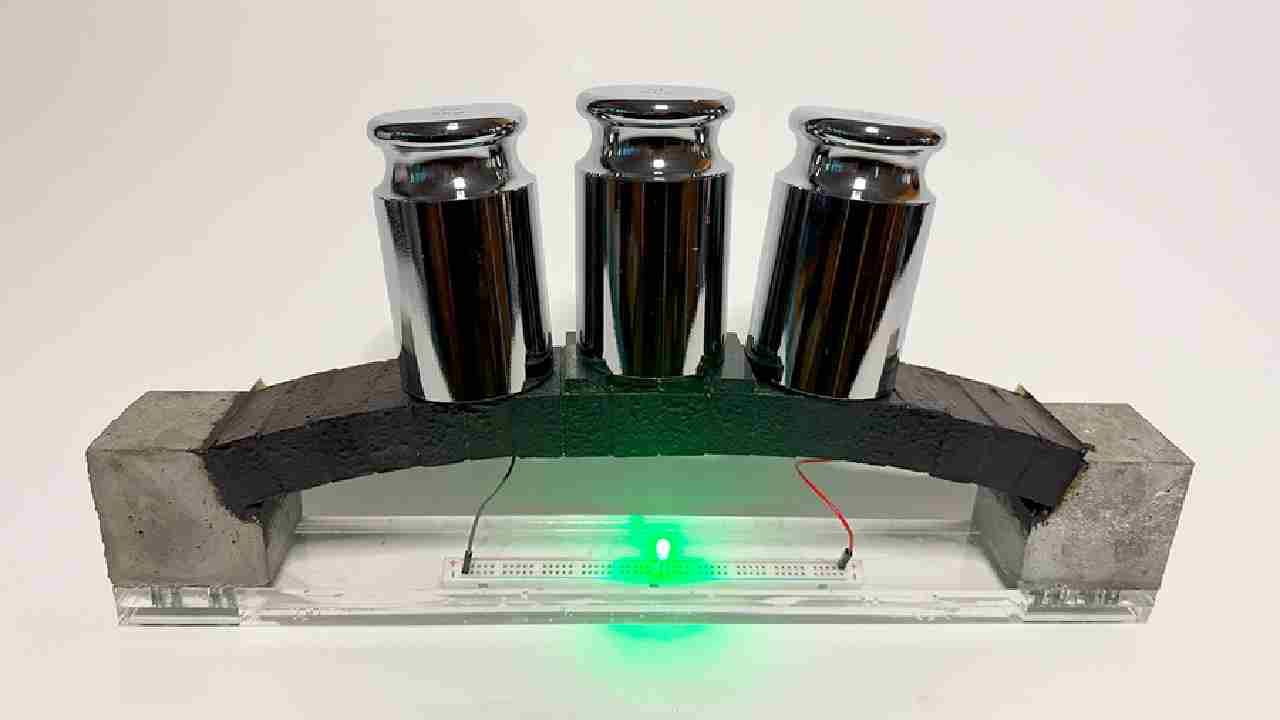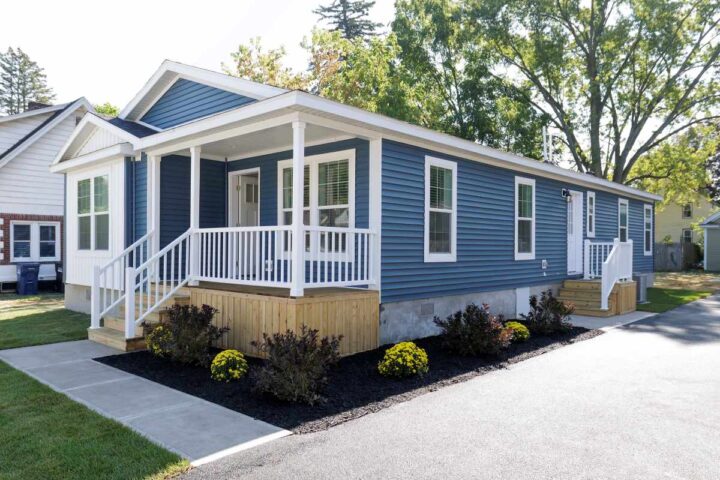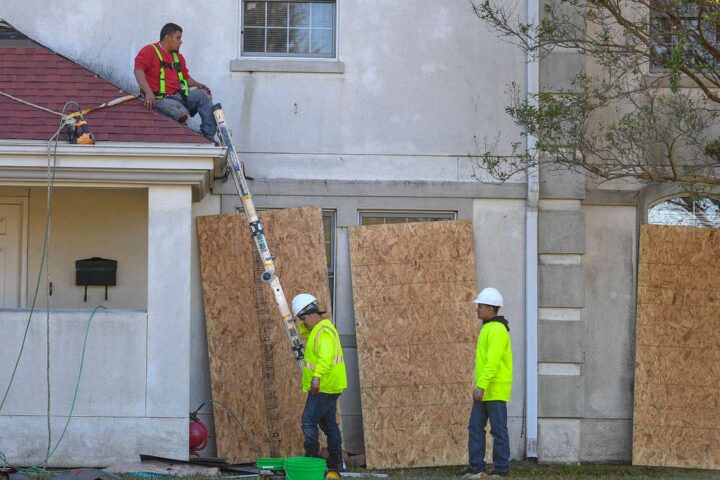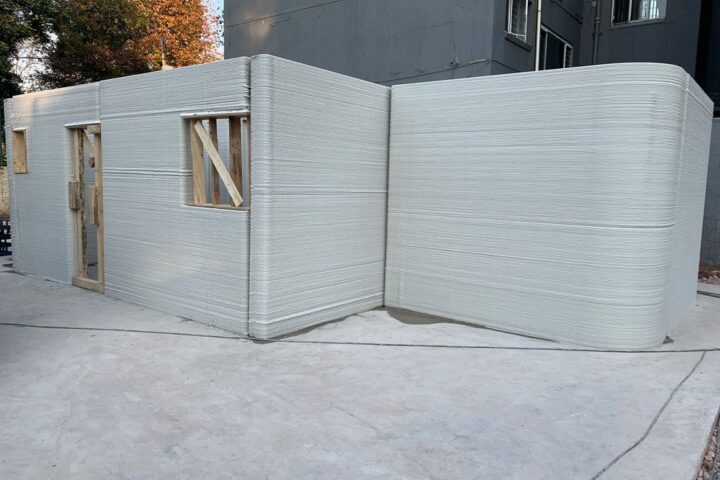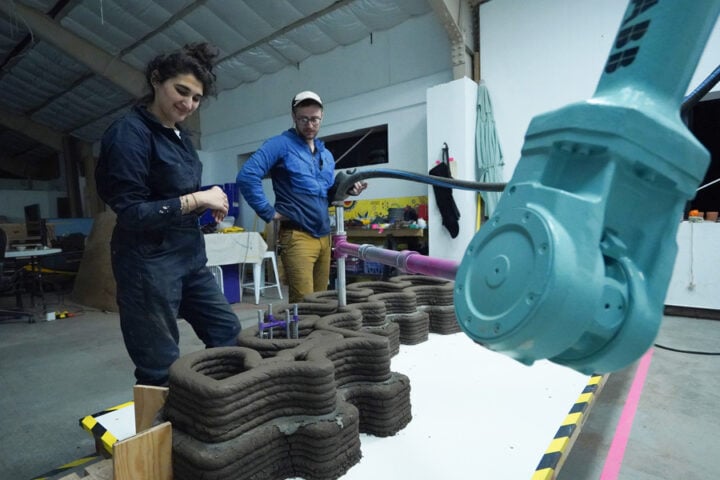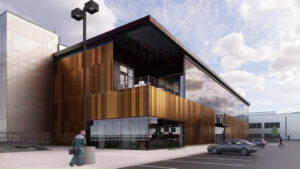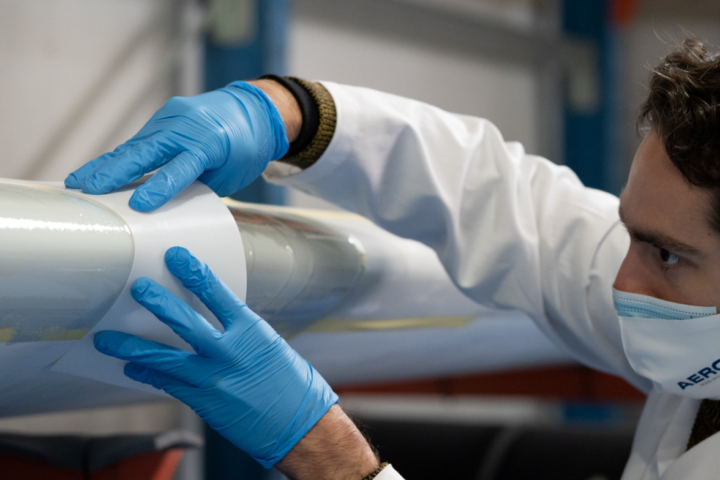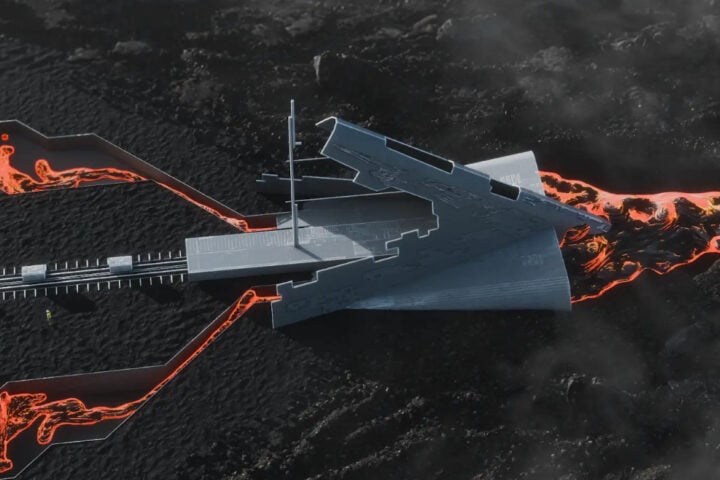MIT researchers have developed a concrete that stores electricity, with recent improvements making it 10 times more powerful than earlier versions. This special concrete, called electron-conducting carbon concrete (ec³), combines cement with ultra-fine carbon black nanoparticles and electrolytes to create a material that both supports structures and stores energy.
The technology could transform everyday structures like walls, sidewalks, and bridges into giant batteries, according to MIT’s recent findings published in the Proceedings of the National Academy of Sciences (PNAS).
“A key to the sustainability of concrete is the development of ‘multifunctional concrete,’ which integrates functionalities like this energy storage, self-healing, and carbon sequestration,” explains Admir Masic, lead author and associate professor at MIT.
The latest version has significantly reduced the amount of concrete needed to power a home. In 2023, meeting the daily energy needs of an average home required about 45 cubic meters of ec³ – roughly the size of a typical basement. Now, the same energy can be stored in just 5 cubic meters, equivalent to a single basement wall.
Similar Posts
This improvement came after researchers used high-resolution imaging to understand how the material works at the nanoscale level. They discovered that carbon particles form a web-like network around pores in the concrete, allowing electrolytes to flow through and store energy.
The team tested various electrolytes, including seawater, making it potentially useful for coastal structures or offshore wind farm supports. “We found that there is a wide range of electrolytes that could be viable candidates for ec³,” says Damian Stefaniuk, first author and research scientist.
Their best results came from organic electrolytes combining quaternary ammonium salts (found in common disinfectants) with acetonitrile, a clear liquid used in industry. With this formula, one cubic meter of ec³ – about the size of a refrigerator – can store over 2 kilowatt-hours, enough to power an actual refrigerator for a day.
While traditional batteries still hold more energy per volume, ec³ can be built directly into structures and potentially last as long as the buildings themselves.
To demonstrate its potential, the team built a miniature arch that powered an LED light while supporting its own weight. Interestingly, when more weight was placed on the arch, the light flickered – suggesting the material could also monitor structural stress in real-time.
“If we think of an ec³ arch at architectural scale, its output may fluctuate when it’s impacted by a stressor like high winds. We may be able to use this as a signal of when and to what extent a structure is stressed,” says Masic.
The technology has already been used in Sapporo, Japan, where it heats sidewalk slabs – potentially reducing the need for salt in winter.
Franz-Josef Ulm, co-director of MIT’s EC³ Hub, points out that this material could help solve energy storage challenges that currently rely on batteries made from scarce or harmful materials. “We believe that ec³ is a viable substitute, letting our buildings and infrastructure meet our energy storage needs.”
Future applications could include parking spaces and roads that charge electric vehicles and homes that operate fully off the grid. James Weaver, a researcher formerly with the EC³ Hub and now at Cornell University, summarizes the excitement: “By combining modern nanoscience with an ancient building block of civilization, we’re opening a door to infrastructure that doesn’t just support our lives, it powers them.”
